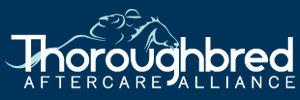Horse Racing
“And they’re off!” Horse racing of all types is found in our racing section, including Thoroughbred, Quarter Horse, Harness, Steeplechase and Arabian racing.
Want to get lucky? Take a look at the Wagering to help guide you. Keep track of upcoming horse races and racing events in our Calendar of Events for Horse Racing.
Want to live the dream of owning a racehorse? Check out the Breeding, Partnerships, Sales & Bloodstocks sections where you can help yourself be a force in the Sport of Kings.
Need a place to train your baby and help develop his successful career? You will find both training facilities and professional racehorse trainers in our Training section. See you in the winners’ circle!
Popular Racing Sites
Horse Racing - General Information
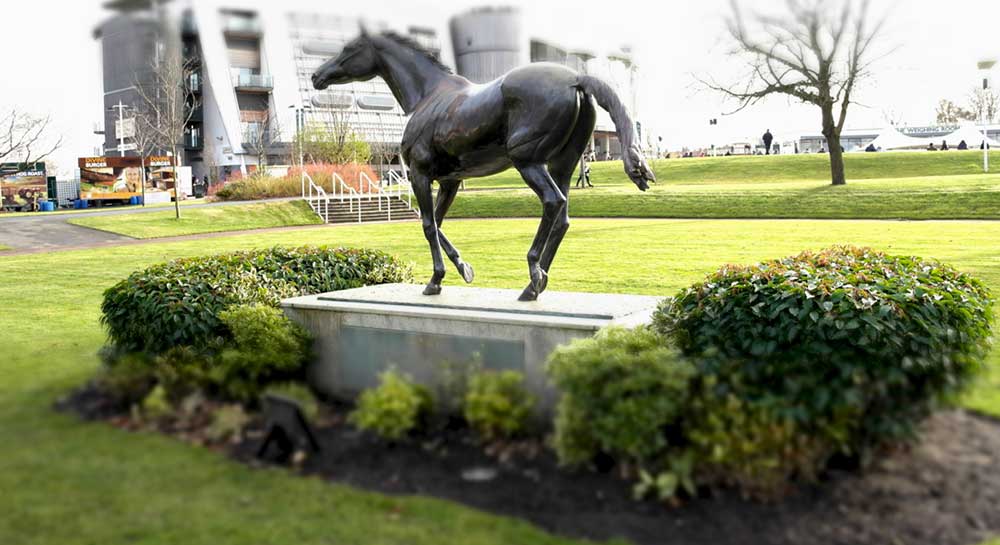
There is no better feeling than watching your favourite horse cross the finish line before all the other competitors. Some people can afford to visit a physical racetrack to experience all this. But for many people, it is not convenient and so enjoying betting through horse racing in Tennessee is the next best thing for them.
1- Arkle
Arkle is widely regarded as one of the best horses of all time. He was ruthless at the top of his career and went on winning one competition after another.
His biggest rival Mill House was a more famous name than his in the 1964 Cheltenham Gold Cup. Mill House was the defending champion of the famous race and had also triumphed over Arkle in the 1963 Hennessy Gold Cup.
But Arkle surprised everyone when the race began. He gave a stunning display of his skills and won the prestigious competition by five lengths. The two amazing horses locked horns with each other in the following year, and the Tom Dreaper-trained horse once again blew the competition away. His winning margin that time was an incredible 20 lengths.
Arkle recorded his name in history books when he claimed one more Gold Cup to win a historic treble in 1966. Not only that, he won the race by an unbelievable 30 lengths.
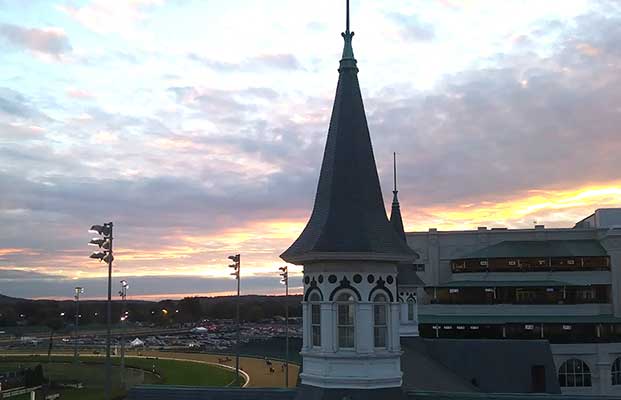
By Tom Keegan
Question: What’s even more cringe-worthy watching people blush after working oneself into an embarrassing situation with all the world watching?
Answer: Watching them not blush because they don’t know enough to be embarrassed.
Face it: The thoroughbred horse racing industry is led by a series of committees under the umbrella of organizations identified by acronyms consisting of yes men and women nodding their heads in agreement because it’s easier to get through the day that way.
Industry leaders should be mortified that for the second time ever and first since 1968, the Kentucky Derby winner could be on the verge of being stripped of its title over what appears to be a technicality.
Guess again. Instead, the attitude seemingly can be summed up in 10 words: “A rule is a rule is a rule. So there.”
Nobody said those exact words, but they might as well have in trying to explain how it is that Bob Baffert, the most successful thoroughbred trainer of the 21st century, was suspended for two years by Churchill Downs and then, reflexively, by the New York Racing Association before a thorough investigation was conducted into what happened that led to Derby winner Medina Spirit to flunk a post-race drug test because it had a small amount of betamethasone in its system.
How small an amount? This small: .21 picograms per milliliter of blood. A picogram is a trillionth of a gram. For comparison purposes, consider that a human being who is found to have less than 300 nanograms of cocaine per milliliter of blood passes the drug test and is allowed to fly an airplane. A nanogram is one billionth of a gram.
If you just accepted a job offer pending your passing a drug test, you wouldn’t want horse racing standard applied by the employer. Let’s say you win $20 on a golf wager and unbeknownst to you your victim earlier in the day had rolled up that bill and used it to snort a line of cocaine while using the bathroom at the turn.
The trace of the devil’s dandruff makes its way onto your hand. You rub your nose. It’s in your system. Sorry, you just lost your new job and it’s too late to go back to your old one.
Despite all of the outstanding thoroughbred racehorses that have been produced on American soil, success overseas in the major European races has been in short supply.
Jay Trump was the first U.S. owned and trained horse to win the Grand National at Aintree in the UK, Fourstars Allstar was the first horse trained in the United States to win one of Europe’s classics – the 1991 Irish 2,000 Guineas, and Strike the Tiger was a winner at Royal Ascot.
Then there’s Lady Aurelia, of whom veteran jockey Frankie Dettori claimed: “I’ve never seen or experienced anything like it, especially for a 2-year-old.” Together they won the Queen Mary Stakes at the regal Ascot showpiece.
But the wait for a horse with American connections to prevail in the Prix de l’Arc de Triomphe goes on, although in 2021 there might just be a contender for honors on French soil.
Read more: Could an American Connection Finally Enjoy Success at the Prix de l’Arc de Triomphe?
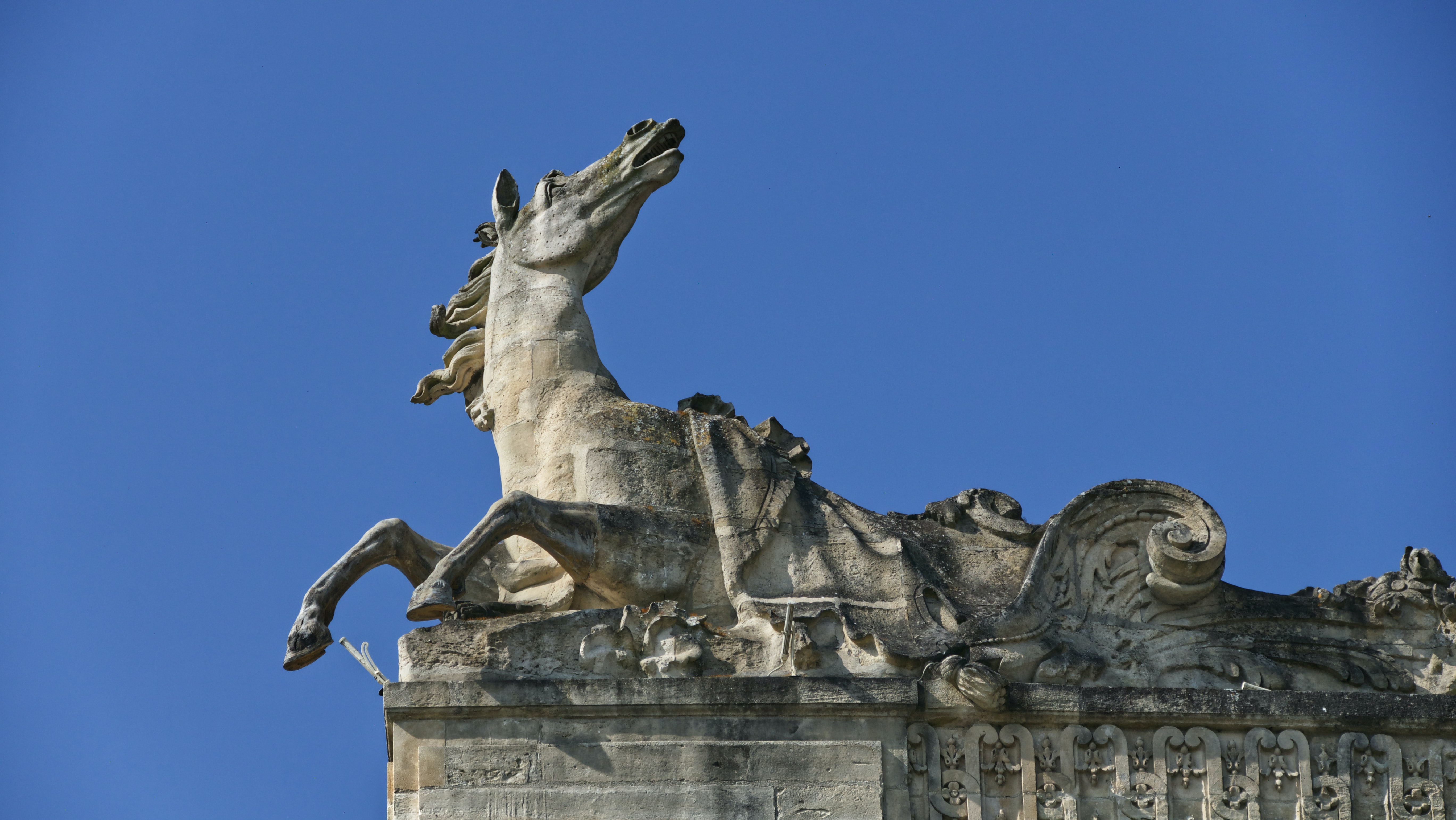
Chantilly racecourse to the north of Paris, France, is the home of some of Europe’s most prestigious horse racing events, including the Prix de Diane, which will make its return this summer. Between its world-class participants and stunning backdrops, the Prix de Diane is considered a French Classic. It is even sometimes referred to as the French Oaks, a nod to the famous Oaks race in England that is run at Epsom Downs.
The History of Prix de Diane
Read more: France’s Most Prestigious Horse Racing Event Returns This Summer
-001intro.jpg)
When it comes to the horse racing greats, many hail from a handful of nations: America, the UK, France, and, more recently, Dubai. There’s also another and more surprising country of origin that crops up in lists of the most elite equine athletes, and that’s New Zealand.
Despite its landmass, New Zealand has a population of a mere five million, but its equine population is more impressive – and on a par with those of far larger countries. With a whopping 120,000 horses, 40,000 involved in the racing industry, it manages to perform admirably on the global sporting stage.
So, which famous racehorses is New Zealand responsible for? Here are three of its finest.
Phar Lap
For fans of racing, there are many ways to enjoy it. One can involve oneself by buying stakes in a syndicate or spectating from the sidelines; by betting in their local bookies or at a casino online. No matter how you choose to experience the sport, there are ways to immerse yourself in the action, with this handy casino guide talking you through some of the most reputable places to lay a bet.

Winning the Triple Crown is immensely difficult for any racehorse. That’s why there have been only 12 horses in history who have managed to pull off this remarkable feat.
Will there be a Triple Crown winner this year? Almost everyone will tell you that the chances of such an occurrence look slim, like always. However, if you are new to horse racing and betting, it is futile to invest your energies on this difficult question. Instead, virtual horse racing betting is something that you will likely find more suitable to your needs now.
1- Seabiscuit
Seabiscuit is one of the most famous names in horse racing. He became a symbol of hope to many Americans during the Great Depression. Surprisingly, the immensely talented horse never won any Triple Crown race. This was because he found his best strides very late in his career.
Seabiscuit, who was named the Horse of the Year in 1938, proved that his age was no hindrance for him as he went on to claim successes in some of the most prestigious races in the United States, including the Massachusetts Handicap, Santa Anita Handicap and Brooklyn Handicap. He also has the distinction of beating the 1937 Triple Crown winner War Admiral by four lengths at Pamlico.
The life events of the Tom Smith trained horse inspired the bestselling book Seabiscuit: An American Legend by Laura Hillenbrand and the 2003 Oscar-nominated movie Seabiscuit which was written and directed by Gary Ross.
Read more: Two Outstanding Racehorses Who Never Won a Triple Crown Race
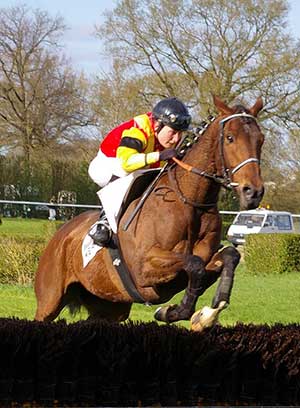
For equestrian fans, the Grand National is the best of all horse racing events. It brings together some of the finest horses and jockeys to battle for some of the biggest prizes. It also boasts a long history, with its inaugural event happening in 1839. The Grand National is enormously popular among online horse betting punters who are provided with so many lucrative betting opportunities.
1- Red Rum’s historic treble
One of the most iconic moments in the history of the Grand National came in 1977. Red Rum twice won the prestigious race and caught the imagination of the British public that he would go on to achieve the historic treble. However, the Ginger McCain trained horse tried to achieve that honour in the following two years and failed.
And when he entered the 1977 edition of the race, there were doubts that Red Rum could pull off the remarkable feat. However, the legendary racehorse stunned all the spectators at Aintree and claimed the race in an emphatic style.
2- Foinavon’s shocking win
In the long history of the Grand National, only five horses have managed to win at 100/1 odds, and Foinavon’s name became the most famous of them all. Even the 23rd fence has been named after Foinavon. In the 1967 Grand National, his chances looked so minuscule that even his owner John Kempton wasn’t present on the racing day as he had gone to watch another of his runners at Worcester.
However, something enormously unexpected happened that day and Foinavon’s fortunes were dramatically changed. At the 23rd fence, a riderless horse caused havoc by veering suddenly to his right and causing many horses to fall. This almost brought the whole race to a stop.
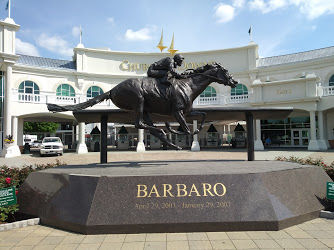
If one is a horse racing fan, then it is very unlikely that they wouldn’t have heard about the Kentucky Derby, the first leg of the American Triple Crown that is held at Churchill Downs, Louisville every year on the first Saturday in May. The racing event provides one of the greatest sporting spectacles in the United States.
Kentucky Derby is known as ‘the most exciting two minutes in sports’ as nowhere else do can one get such an amazing sporting experience. An enormous crowd gathers at Churchill Downs every year, making the atmosphere quite lively. That is the time when many start looking at the Twinspires Rhode Island review trying to decide which bet they should select.
The famous race can boast of a long and prosperous history. As a visitor, one can experience the amazing atmosphere, and get to see plenty of fascinating traditions.
1- Secretariat’s memorable victory
Secretariat is widely regarded as the greatest Triple Crown winner of all time. He was awarded Horse of the Year in 1972 when he was only two years old. Claiming such an honour at such a young age was absolutely phenomenal. However, many began to doubt his abilities when he finished third in the Wood Memorial, the last race he competed in before the 1973 Kentucky Derby.
Despite the poor performance, Secretariat still entered the race as a favourite. He pulled off a stunning performance at Churchill Downs and shocked all the spectators.
In the beginning, Secretariat was the last but his pace increased as the race deepened. He not only won the race by two and a half lengths but set a new record of 1:59:40 which stands to this day.
Secretariat went on to win the Preakness Stakes and Belmont Stakes that season and thus became the 9th Triple Crown winner.
Read more: Three Top Moments in the History of the Kentucky Derby
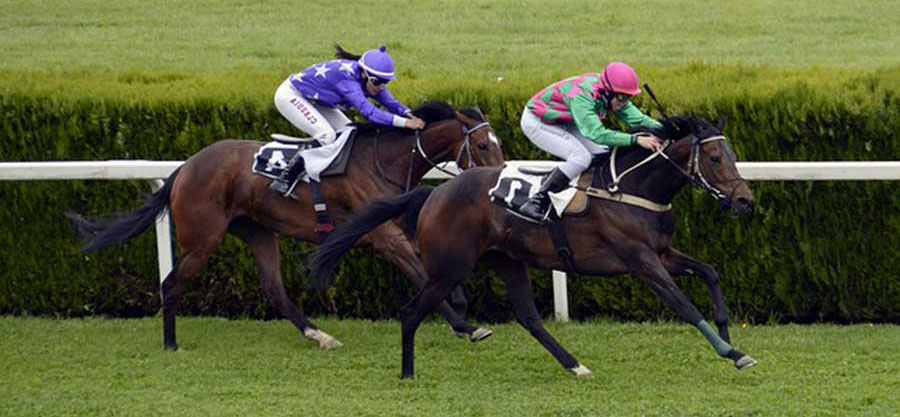
Enduring heartfelt disappointment at the cancellation of the 2020 edition of the Grand National, coronavirus put a stop to festivities, but the world-renowned races are back at Aintree to the delight of the entire industry. A virtual event was held instead, but that’s hardly the same, is it?
The cancellation robbed Tiger Roll of a three- year hat trick on the famous course, and sadly the Gigginstown owners have withdrawn the beloved horse from the races this year due to an ‘unfair weight burden’. However, there’s still a remarkable force of runners who are looking to make their name on 10 April.
Favourites to watch in 2021 Grand National
Bookies’ favourites can have the tendency to change throughout the run-up to the main event, however early indications taking in to account the departure of Tiger Roll say a current betting favourite is Cloth Cap.
Trained by Jonjo O’Neill and owned by Trevor Hemmings, Cloth Cap is a winner for the Ladbrokes Trophy, and has showcased an improved performance. Certainly, placing them a solid foothold to remain in the favourites at least.
Close behind Cloth Cap other runners to pay attention to for Aintree include Any Second Now and Burrows Saint.
As for history in the making, one participant to watch is Rachael Blackmore who will be riding Minella Times, Blackmore has continually been pushing to the limits in a bid to be the first ever female jockey to win the Grand National.
Read more: Grand National Makes Triumphant Return to Aintree — What to Know about the 2021 Edition
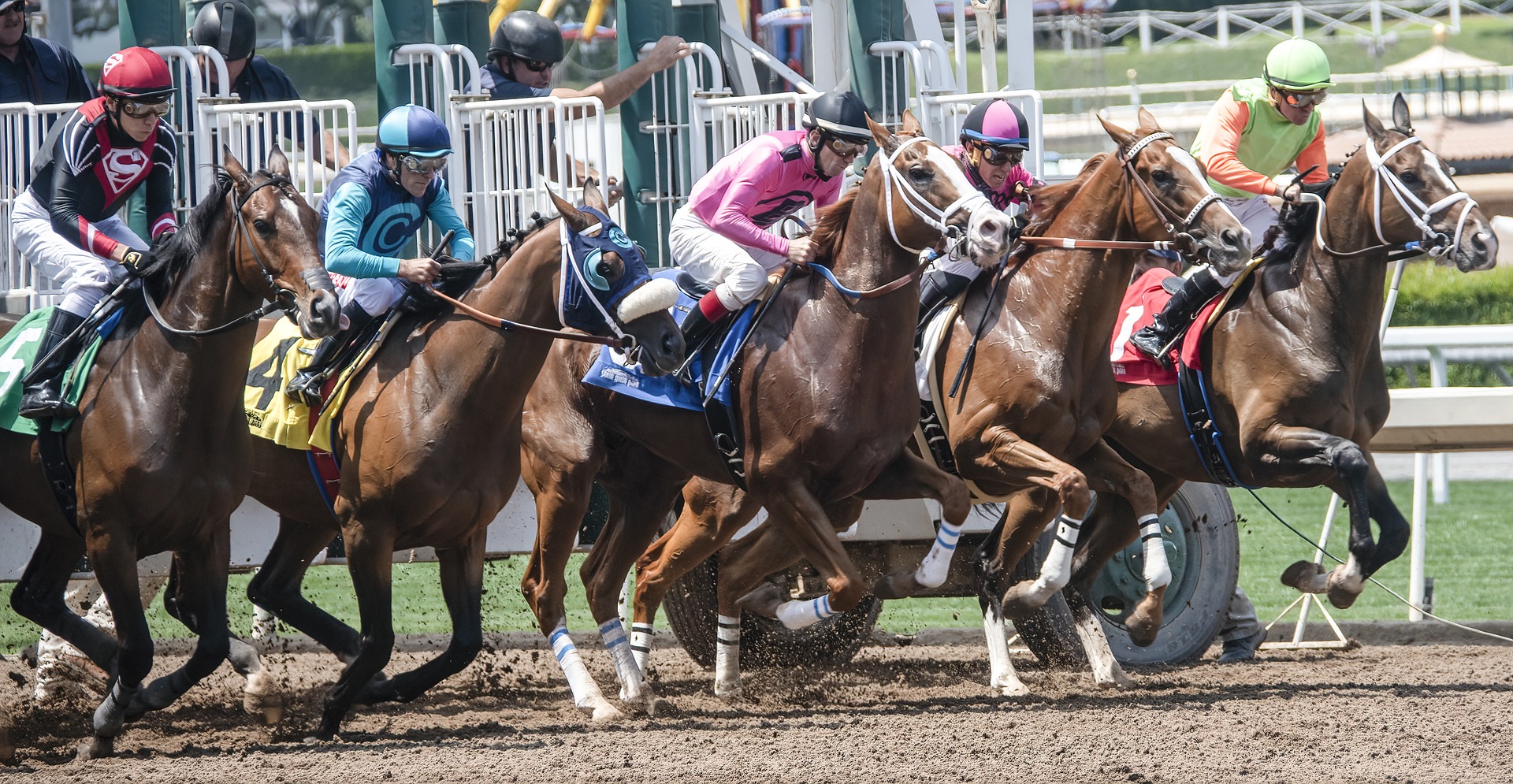
If you have always been a fan of sport but never made as a pro, then maybe the answer to making money from the one hobby you most enjoy is sports betting. Although it is not easy becoming a professional sports bettor, there are opportunities and ways to make a living from sports betting. In this article, we look at 4 available options.
It is not easy becoming a successful sport betting pro, but as with anything in life, if you put your mind to it, you can achieve anything! We also encourage you to look into investing in sports betting stocks which is not making money out of sports betting per say, but it is a connected subject.
Offering Odds on Sports Exchange Markets Online
Exchange markets are where you can become the bookie or poach out of the ordinary odds provided by individuals on the exchange. We are going to talk about becoming an online bookie. Some of the most well-known sports betting exchanges are BetFair and Bet365. Both of these websites give you the opportunity to open an account and offer other people odds on sports events.
If you understand horse racing or greyhound racing, then these are some of the most profitable markets to offer odds on. However, if you want to become a pro, you need to be careful how you use the sports betting exchanges. You could just as easily end up losing.
- Grand National 2021: Cloth Cap Favorite for Aintree
- Longest Distance Races for Cheltenham Festival 2021!
- 2021 Cheltenham Festival: The Races, The Racecourse & How To Bet
- Ryanair Chase Could Steal Show at 2021 Cheltenham Festival
- The New Challengers and Pretenders to Al Boum Photo's Cheltenham Gold Cup Crown
- Best Horse Racing Books to Read in 2021
- Five Horses to Watch Out for at the 2021 Cheltenham Festival
- Three of the Biggest Shocks in Grand National History
- Three Greatest Horses in the History of Cheltenham Gold Cup
- Horseracing Integrity and Safety Act to Ban Doping Signed Into Law









